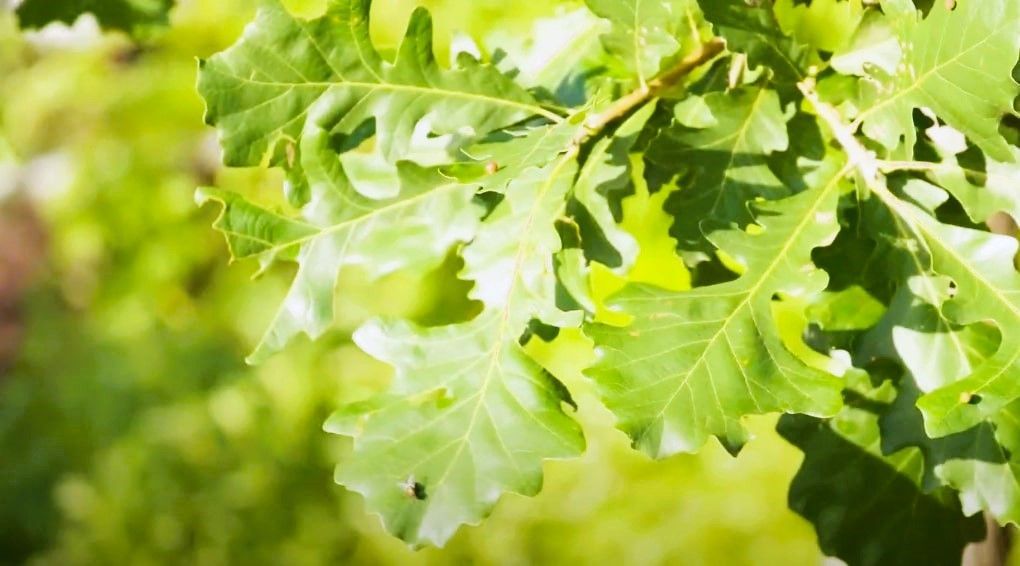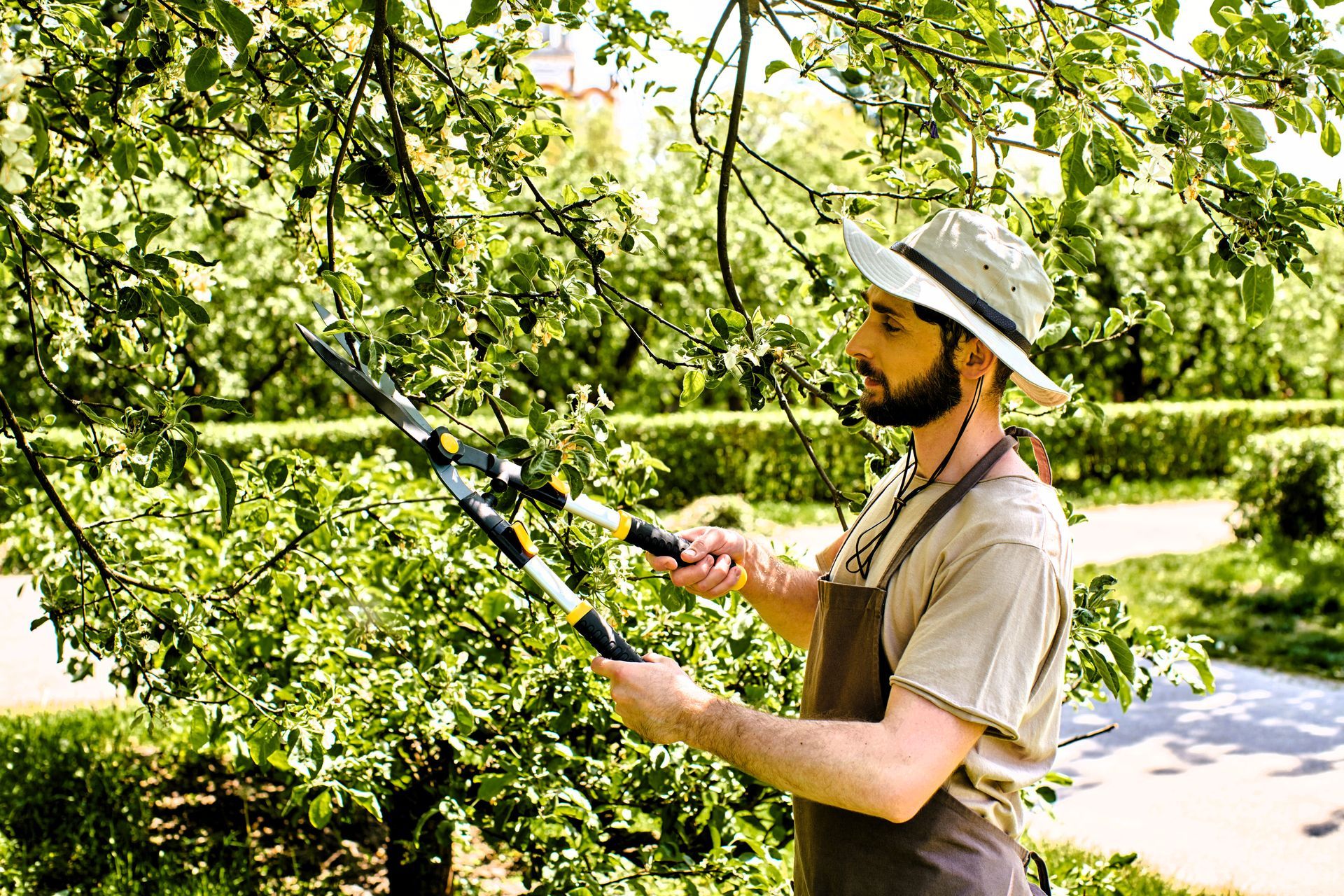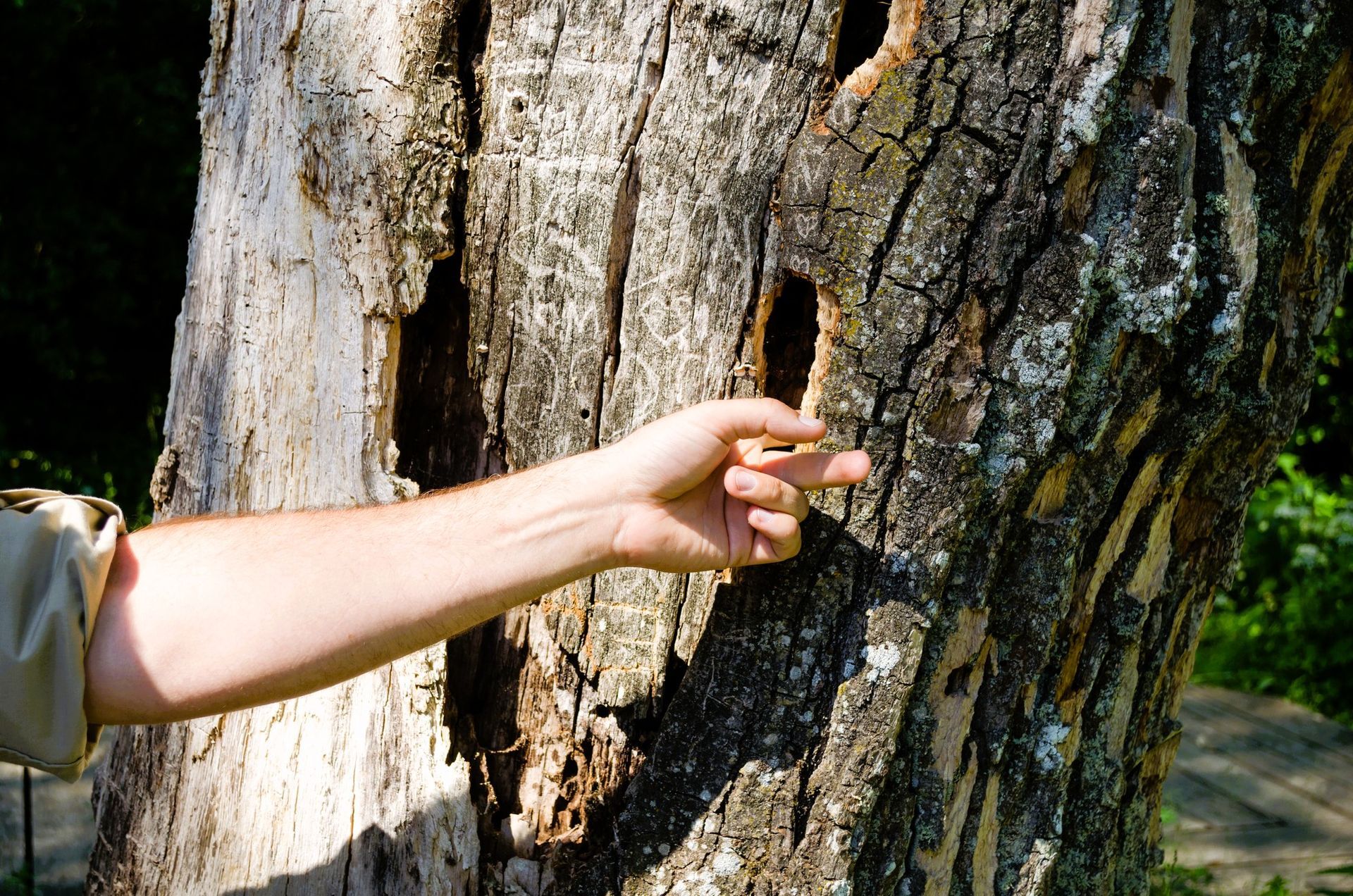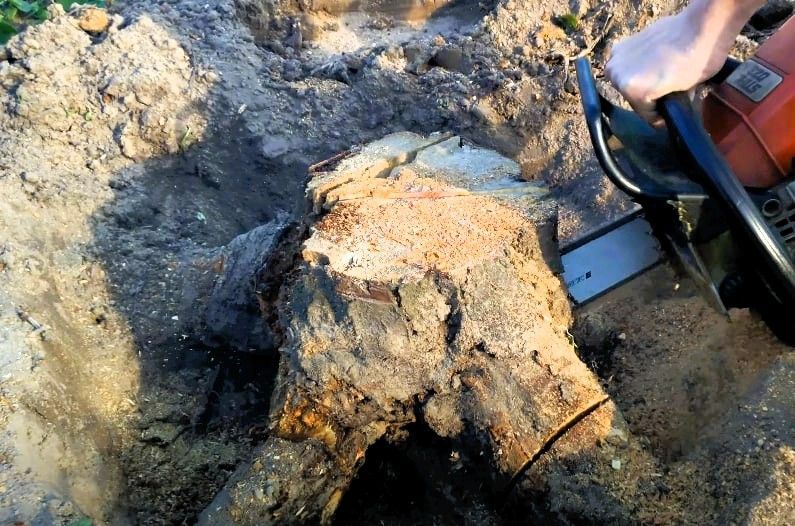Resilient Choices: Hardy Trees for Drought and Challenging Soils
Grow resilient trees in Kanata with expert tips on planting and care.

On scorching summer days in Kanata, Ontario, the allure of a shade tree is irresistible – whether for picnics, playdates, or simply unwinding with a good book. However, in regions prone to drought, choosing a tree with robust roots capable of enduring dry conditions is paramount.
Drought-tolerant trees, once established, demand minimal additional watering even in severe droughts. This means you can enjoy the cool shade without worrying about the health of your tree. Here, we present a list of 10 top-notch drought-tolerant trees suitable for challenging conditions, resilient against both drought and poor soil quality.
6 Drought-Tolerant Trees
1. Bur Oak (Quercus macrocarpa)
With its strong branches, deep roots, and a dense, shade-protective canopy, the bur oak is a superhero for your lawn. Native to the Great Lakes region, this fast-growing tree is prized for its winter hardiness, insect resistance, and ability to thrive in poor soil. Bur oaks, once established, can live for an impressive 200 to 300 years.
- Hardiness zones: 3-8
- Sun exposure: Full sun, partial shade
- Soil needs: Sandy, loamy, clay; well-draining
- Foliage: Deciduous
- Mature size: 70-80 feet tall; 70-80 feet wide
2. Maidenhair Tree (Ginkgo biloba)
Surviving since the time of dinosaurs, the maidenhair tree or ginkgo is a living fossil with fan-shaped leaves turning gold in the fall. Adaptable to urban environments, it tolerates car exhaust, smog, and road salt. While dioecious, planting male ginkgos avoids messy fruits, making them ideal for ornamental purposes.
- Hardiness zones: 3-9
- Sun exposure: Full sun
- Soil needs: Sandy, loamy, clay; well-draining
- Foliage: Deciduous
- Mature size: 40-80 feet tall; 30-40 feet wide
3. Golden Rain Tree (Koelreuteria paniculata)
As its name suggests, the golden rain tree is a summer-blooming stunner, resistant to drought, pests, and disease. With star-shaped yellow flowers, it attracts butterflies and bees. Ideal for urban spaces, it's a rapid grower that stands strong against various environmental challenges.
- Hardiness zones: 5-9
- Sun exposure: Full sun, partial shade
- Soil needs: Sandy, loamy with rocks, clay; neutral to slightly alkaline; well-draining.
- Foliage: Deciduous
- Mature size: 30-40 feet tall, 15-35 feet wide
4. Common Hackberry (Celtis occidentalis)
A biodiversity hotspot, the common hackberry attracts birds with its deep purple fruits in fall and maintains a vase-like shape. Fast-growing and heat-tolerant, it thrives in various soil types, making it a popular choice for urban landscapes.
- Hardiness zones: 3-9
- Sun exposure: Full sun, partial shade
- Soil needs: Sandy, loamy, clay; neutral to alkaline soils
- Foliage: Deciduous
- Mature size: 50-70 feet tall, 30-50 feet wide
5. Northern Catalpa (Catalpa speciosa)
An excellent choice for pollinator support, the northern catalpa features trumpet-shaped white flowers that attract hummingbirds, bees, and moths. With large heart-shaped leaves and long dangling seed pods, it's a visual spectacle during May and June.
- Hardiness zones: 4-8
- Sun exposure: Full sun, partial shade
- Soil needs: Prefers rich, well-draining loam, but can tolerate a variety of soils
- Foliage: Deciduous
- Mature size: 40-70 feet tall, 40-50 feet wide
6. Ponderosa Pine (Pinus ponderosa)
A stalwart native of the Sierra Nevada and Cascades, the ponderosa pine boasts lateral spreading roots and deep taproots, making it nearly indestructible in drought conditions. Its water-conserving needles and ability to adapt to various soil types make it a resilient choice.
- Hardiness zones: 3-7
- Sun exposure: Full sun
- Soil needs: Adapted to a wide range of soil types; requires good drainage, cannot tolerate “wet feet” (roots that stay moist for an extended period)
- Foliage: Evergreen
- Mature size: 60-100 feet tall, 25-30 feet wide
How to Care for New Drought-Tolerant Trees
After reaching maturity, drought-tolerant trees generally demand minimal or no extra watering. However, young trees benefit from tender loving care (TLC) to foster the development of robust and deep root systems, enhancing their resilience against drought.
How often to water new trees
Your watering schedule and amount will depend on the type of tree you plant, but here are the general guidelines for watering your newly planted trees.
Time since planting:
- 1-2 weeks
- 3-12 weeks
- 12 weeks – 2 to 3 years
Water schedule:
- Once a day
- Every 2-3 days
- Once a week, depending on precipitation
After the first two weeks, let the soil dry out before watering to encourage deep roots. Check the soil moisture by inserting a screwdriver into the ground. If the screwdriver penetrates the soil with ease, indicating moisture, you can postpone watering. Conversely, if inserting the screwdriver becomes challenging, signaling dry soil, it's time to provide water for your tree.
After the initial two to three years of establishment, many trees are well-equipped to flourish solely on natural rainfall, allowing you to set aside the hose and relish the beauty of summer foliage without incurring additional water expenses.
Check the watering needs of your specific species before ditching the hose: Some large trees can take as long as nine years to establish.
How much water should your tree receive per week?
In general, new trees need 10 to 20 gallons of water per week, depending on the width (caliper) of the tree trunk. The wider the trunk, the more water your tree needs and the longer it will take to establish.
Tree Care Tips
- Plant trees and shrubs in complementary groups around your landscape, using them as anchor points for smaller plants, pathways, and hardscape features. Consider complementing your trees with drought-tolerant shrubs and perennials.
- Spread a 2- to 3-inch layer of wood mulch in a ring around the base of your trees to preserve soil moisture and give roots a nutrient boost. Keep mulch 3 to 6 inches away from the base of the tree to prevent internal rot.
- Use a soaker hose rather than sprinklers to water your new trees. Tiny water droplets from sprinklers evaporate into the air before they hit the ground, which means your tree doesn’t get to use the water you pay for. Soaker hoses are more water-efficient, though they take longer to do the job.
- As your tree matures vertically, its root system extends horizontally. Therefore, it is crucial to expand the diameter of your watering area as the growing season progresses.
Treat Your Lawn to Trees
Ready to give your lawn a treat? Before you rush out to buy a young sapling or mature tree, test your soil to choose the right plant for your specific soil type: You don’t want to plant an acid-loving pine tree only to realize that you have alkaline soil.
While planting a tree can be a fun family activity, it also means a whole lot of heavy lifting and sweat. If you’d rather leave the digging, hole-filling, and mulching to the experts, hire a team of local lawn care pros to get your tree safely in the ground and ready to grow strong.
Conclusion
Choosing the right drought-tolerant tree for your Kanata, Ontario lawn is a wise investment in both aesthetics and sustainability. These resilient species not only survive in challenging conditions but also contribute to the local ecosystem. Remember, local conditions may vary, so consulting with local experts is essential for optimal tree selection.
For expert advice and professional assistance in selecting, planting, and caring for your drought-tolerant trees,
contact Kanata Tree Service Masters. Our team of arborists is dedicated to ensuring the success and longevity of your trees in the unique conditions of Kanata, Ontario. Take the first step toward a thriving landscape by reaching out to us today.
You might also like
Kanata Tree Blog
Book a Service Today
We will get back to you as soon as possible
Please try again later
Kanata Tree Service Masters
Ottawa, Ontario Canada
We are your trusted partner for every kind of tree-related issue you can imagine
© 2023 All Rights Reserved Kanata Tree Service Masters Disclaimer: This site is a free service to assist homeowners in connecting with local service contractors. All contractors are independent and this site does not warrant or guarantee any work performed. It is the responsibility of the homeowner to verify that the hired contractor furnishes the necessary license and insurance required for the work being performed. All persons depicted in a photo or video are actors or models and not contractors listed on this site.


